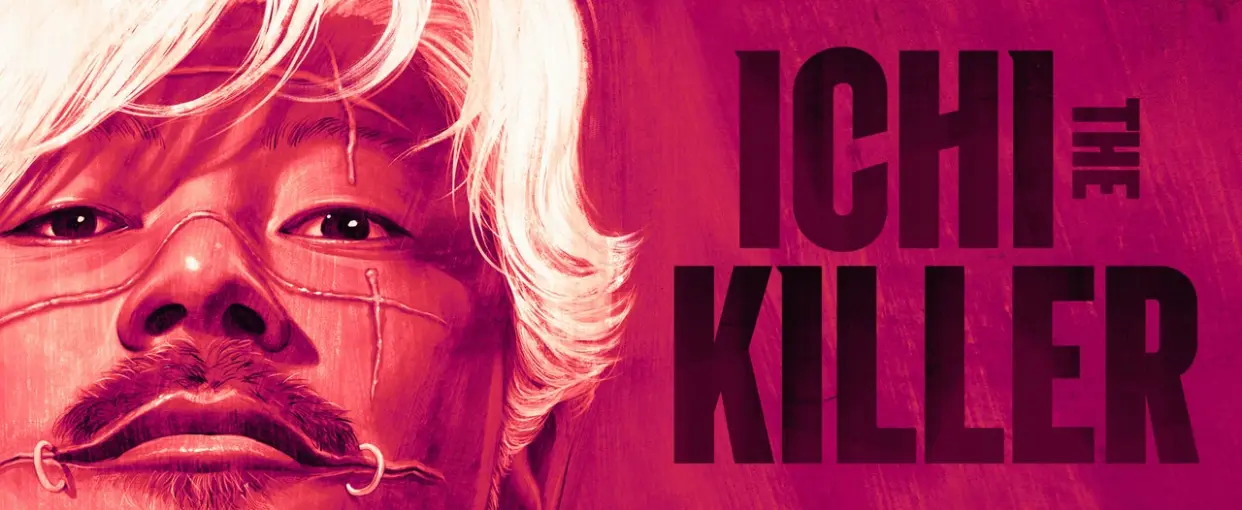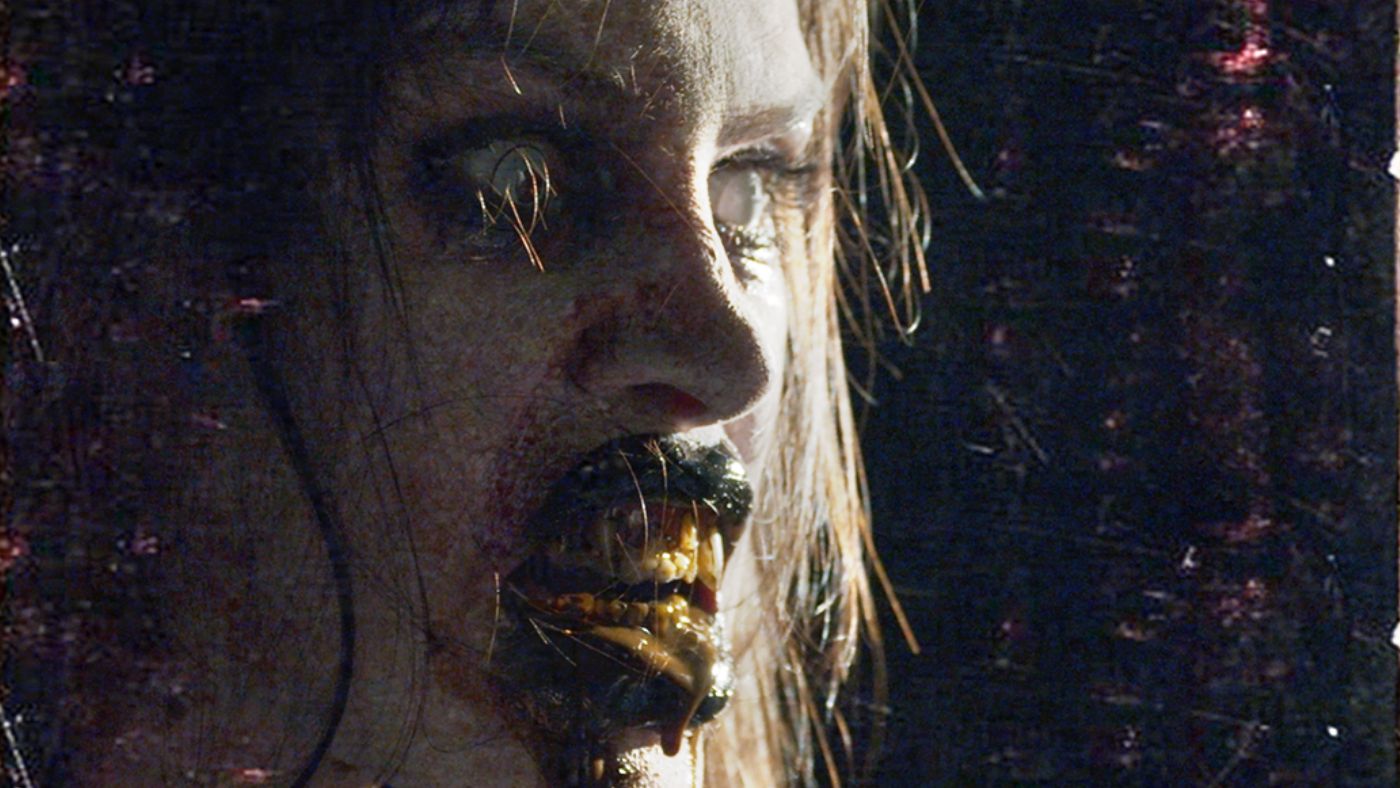Studio Ghibli is a film company I have a lot of respect and admiration for. Sometimes regarded as the “Japanese Disney”, the animation studio has released classic films for nearly 40 years now. The Disney comparison is both and overt simplification of Studio Ghibli – the more you think about it, the more demeaning it starts to feel. The company has its own distinct personality and has braved trenches Disney hasn’t, i.e. its harrowing film Grave of the Fireflies or the epic-scale fantasy film Princess Mononoke. It is easy and, perhaps, palatable to use the description to entice newcomers, but, it is unfitting of how unique Studio Ghibli truly is. It doesn’t feel like anime per se, not anymore than it feels like a 2-D Disney film, and it feels like Western animation, but yet with its own flavor to it – it’s Studio Ghibli.
And yet, I have never reviewed a single film by Studio Ghibli.
It isn’t because I didn’t care about them. It isn’t because I wasn’t aware of them, or that I wasn’t logging them on Dustjacket. Rather, it simply never happened.
In an effort to remedy that, I decided to sit down, watch, and now, share with you, my thoughts on the 2014 film When Marnie Was There.
The psychological drama film was co-written and directed by Hiromasa Yonebayashi, whose directorial credentials include The Secret World of Arrietty and Mary and the Witch’s Flower (a Studio Ghibli – esque film from animation newcomer Studio Ponoc). The film, which is based on the 1967 novel of the same name, is about a young girl named Anna who suffers from low self-esteem and self-doubt (and asthma). In-order to help, her foster mother sends her to spend summer break with her relatives, at a rural seaside town. There, she becomes acquainted with a young woman named Marnie, discovering more about herself and tackling some of the emotional turmoil stewing inside of her.
The English voice-cast, if you’re a dubber and not a subber, comprises itself of Hailee Steinfeld and Kiernan Shipka, and, for me, they make for a fairly likable duo in the film. Of course, you will have some naysayers on this particular topic, but I will sound-off by saying I believe there are talented Japanese voice-actors and English voice-actors, and they all need work (maybe not so much Steinfeld and Shipka specifically) and they were all contracted for this film. The story retains itself, as does the animation, and I believe it sometimes allows a story to shine through better when you can better interpret the cadence and context of each scenario. You do you though.
The story is, uh, fairly unique, I’d say. Specifically, I have one aspect that doesn’t sit well with me about it. When Marnie Was There isn’t a romantic film, but it’s kind of a romantic film. Marnie and Anna have a romantic component to their arrangement, and if you slice the last fifteen minutes or so out from this film (and honestly, even if you don’t), it’s a romantic film about a young, troubled girl who falls for another girl. And that part’s fine! How progressive! Clap, clap! But, uh, yeah. It’s weird in the context of this film, and I can’t articulate how without delving too deep into the plot points it hits on.
As you would expect, the animation is top-notch. Everything Studio Ghibli animates feels like a labor of love, and this film is no different. The greenery in the background really pops, and it makes you realize how beautiful (and timely) 2-D animation can still feel in modern cinema. As much as I love the animation of something like the new Puss in Boots film or many Pixar films, I wish this style was more commonplace than it is – thank you, Japanese animation, you’ve helped keep the torch lit.
The story is modest, I will admit. The conflict is standard and easily remedied, and even feels a little like they pulled their punches a little too much when it came to saying something that could have deeply resonated. It feels a lot like Studio Ghibli’s classic hits in some respects, but, perhaps, lacking both the edge and the wonderment you’d want from a film with this type of concept.
It doesn’t have the teeth to bite down on the deeper aspects of depression nor does it develop the relationship between the characters much beyond surface-level. Early on, it appears like When Marnie Was Here may try and say something new or profound about depression, but it doesn’t, really. Instead, it feels more classical and superficial, amounting to, more or less, what you think it will. It’s the classic “Sad Girl goes to Distant Family and discovers new lease on life” trope, and even Studio Ghibli knows it’s so old hat they don’t even bother to expand on it. Okay, maybe it isn’t exactly what you’d think, but, thematically, at least, the beats are all to a very familiar tune, offering a straightforward, simple fantasy film.
When Marnie Was There was alright. It isn’t the most enthusiastic review to write about my first foray into Studio Ghibli films (or Japanese animation), but it isn’t a negative review either, by any stretch. The animation is attractive, the voice-acting was on-point, and the storyline itself is decent. It may not set the world ablaze, but it is a nice, easygoing film. As a romance, it’s a nice coming-of-age queer classic – if you turn it off about three quarters the way through.





